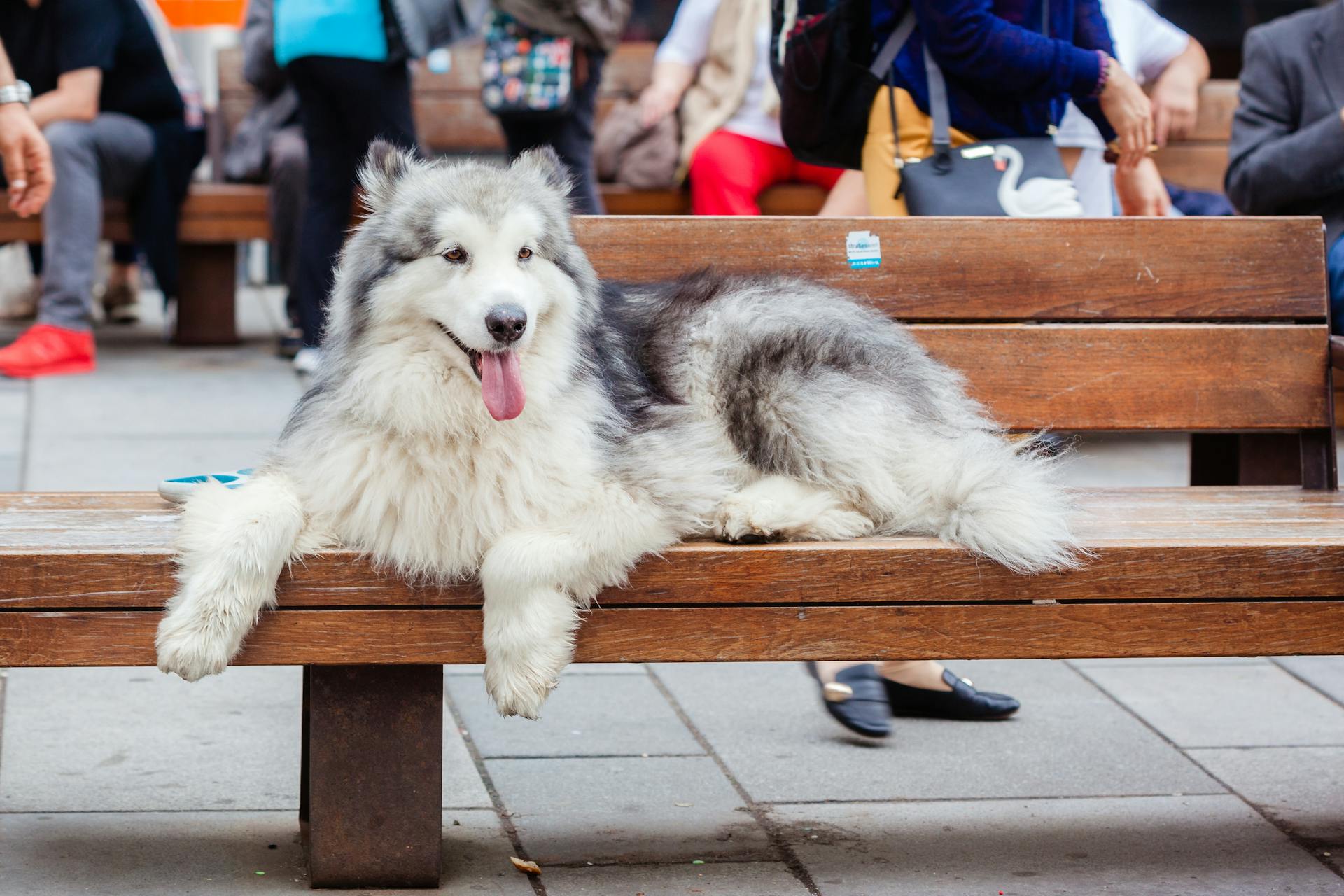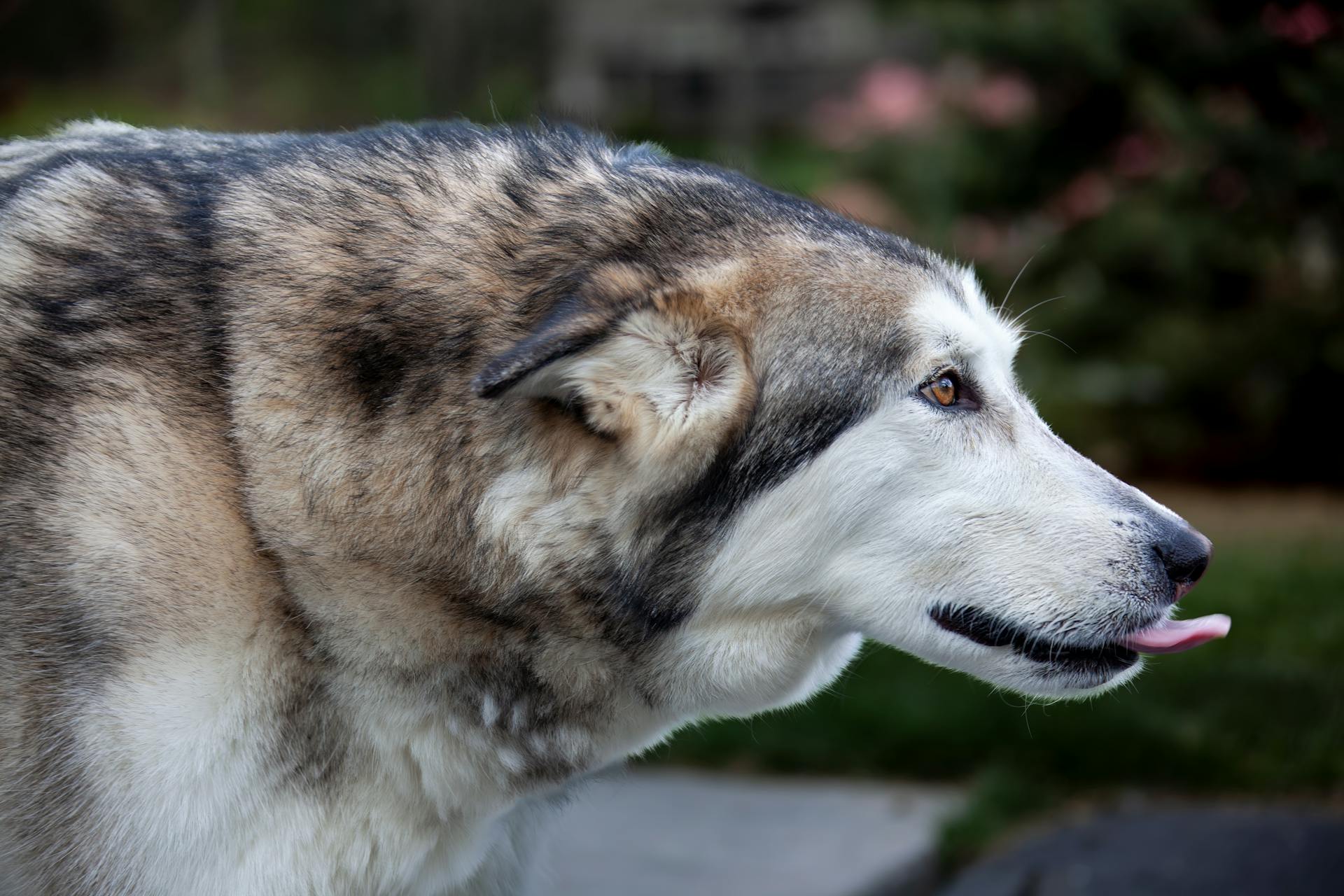
The Gray Alaskan Malamute is a majestic breed with a rich history, originating from the Arctic regions of Alaska. They are a medium to large-sized dog with a muscular build.
Their thick double coat, consisting of a coarse outer coat and a soft undercoat, is their most distinctive feature. This coat helps them withstand the harsh Arctic climate, keeping them warm in freezing temperatures.
They are highly energetic dogs, requiring regular exercise to stay happy and healthy. A daily run or hike is essential to keep them physically and mentally stimulated.
Their intelligence and strong will can make them challenging to train, but with patience and consistency, they can learn to obey commands and behave well.
You might enjoy: Arctic Alaskan Malamute
Temperament and Personality
Gray Alaskan Malamutes are highly intelligent dogs that thrive on human attention and are happy to welcome a crowd to your house.
They're not barkers, but they are chatty - yelps, howls, and "woo woos" are all part of their repertoire. Expect them to join in on the conversation.
Gray Alaskan Malamutes are great with kids and babies, but they'll need to be supervised around small children due to their large size and strong bite force.
They're athletic dogs that are always up for outdoor playtime, especially if you give them a job. If you don't have a sled, they're just as willing to pull you on a bike.
Gray Alaskan Malamutes are capable of finding new ways to dig under the fence or chew up the furniture unless you keep them challenged. Games of hide-and-seek and teaching them cool tricks are all good ways to exercise their brains.
They're highly vocal and will definitely let you know if they're bored, have lots of pent-up energy, or are unhappy.
Consider reading: Are Alaskan Malamutes Good Guard Dogs
Grooming
Gray Alaskan Malamutes require daily brushing to keep their thick double coat healthy and free of mats.
A firm bristle brush is a must-have for this breed, but avoid using a Furminator, as it can cause their top coat hairs to grow back bent or discolored.
Brushing once or twice a week during non-shedding seasons is a must, but daily brushing is recommended during shedding seasons to keep stray fur under control.
Their shedding abilities are no joke—it happens twice a year, and even daily brushing doesn’t help as much as taking a high-powered pet-grooming dryer and blowing all that hair away once or twice a week as needed.
Malamutes aren’t overly dirty dogs, so they won’t need a bath very often, but aim for a bath every two months or so.
Their top coat repels rain and mud, but be sure to dry your Mal thoroughly after a bath (or a swim) to prevent hot spots.
Brush their teeth at least a few times a week to keep your pup’s teeth healthy, and consider a professional cleaning once a year.
Trim their nails about every two months, and use doggy nail clippers or take them to a groomer or vet.
Daily maintenance with a slicker brush is a must, and a bath every 6-8 weeks will keep their coat healthy, smelling fresh, and free from matting.
Frequent brushing can also help keep an Alaskan Malamute’s shedding under control, which can be overwhelming as hair clings to your couch, carpet, and clothes.
Additional reading: Black Mouth Cur Teeth
Diet and Nutrition
Feeding your gray Alaskan Malamute a quality diet is crucial for their health and happiness. You should consult with your veterinarian to plan a consistent diet and portion schedule based on your dog's age, weight, and activity level.
Their ancestors were designed to work hard on very little food, so Alaskan Malamutes tend to put on weight easily. Be sure to monitor their food intake and avoid overfeeding.
Feeding several smaller meals per day rather than one to two larger portions can help prevent overeating and bloat. This is especially important for young Malamutes, who should be fed three meals a day.
To keep your Malamute healthy and lean, look for high-quality, mid-fat and mid-to-high-protein dog food. Supplements rich in fatty acids with omega-3s and vitamin C can also help keep your dog healthy.
Adult Alaskan Malamutes should be fed two meals a day, while puppies are fed three meals per day. A slow feeder bowl can help these hungry dogs pace themselves while eating.
The best way to determine your dog's portions is to ask your veterinarian, as it depends on the dog's age, size, exercise level, and many other factors. The bag of dog food will give you recommendations on how much to feed your Malamute.
Take a look at this: National Boston Terrier Day
Training and Exercise
Alaskan Malamutes are smart and surprisingly easy to train, but they can be distracted and stubborn at times. They thrive on positive reinforcement, and using tasty treats as rewards can be a great motivator.
Training sessions should be short, around 5 minutes, to keep your Malamute engaged. It's also essential to take breaks when they start acting up, especially in dog training classes. Obedience training is crucial to teach them basic commands like sit, stay, and come, as well as walking nicely on a leash.
A tired Malamute is a content Malamute, so make sure to provide them with plenty of exercise to keep their brain and body engaged. They love to learn tricks and can even excel as therapy dogs with proper training.
Training
Alaskan Malamutes are surprisingly easy to train, but they do get distracted easily and have a reputation for being stubborn.
Training sessions should be short, around 5 minutes, and use plenty of tasty treats as rewards. This will help keep your Malamute engaged and motivated.
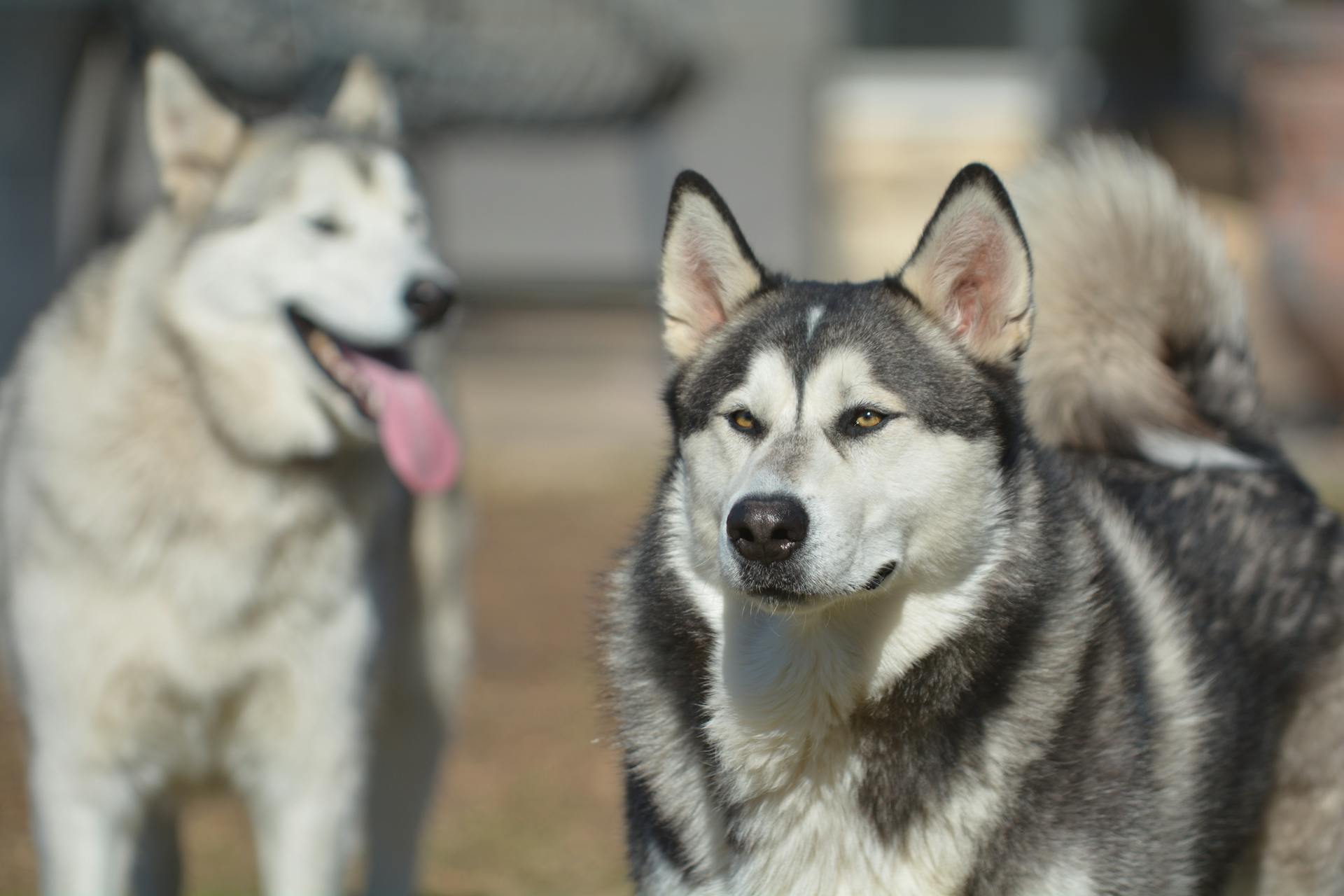
Malamutes are big dogs and will run wild if you let them, so it's essential to teach them basic obedience commands like sit, stay, and come. This will also help them learn to walk nicely on a leash.
You may be able to dig your dog, but your Mal will dig up your yard if you don't provide enough exercise and mental stimulation. Training can help minimize their digging instincts, and a tired Mal is a content Mal.
Obedience training is crucial for Alaskan Malamutes, especially from puppyhood, to raise a dog that respects and listens to you as it grows larger and stronger. This will also help prevent them from pushing around other pets or being forceful with children.
Alaskan Malamutes are intelligent and thrive when trained with positive reinforcement, but they can be too smart for their own good. They may hear and understand a command, but refuse to follow it if they don't see the point.
Suggestion: Will Shiba Inu Coin Reach 1 Cent
Exercise
Alaskan Malamutes need a couple of hours of exercise every day, so plan your schedule accordingly. They love to run, so if you're a jogger, they'd make a great running buddy.
Their exercise needs are pretty high, so don't expect them to be content with just a few minutes of playtime. A few good walks, including brisk ones and slower ones, can help them explore and get some exercise.
Malamutes were bred to be active dogs, so they need to move their bodies to stay happy and healthy. They thrive in colder temperatures, so if you live in warmer weather, limit your outdoor activities to the cooler parts of the day.
You can harness them to a small sled in the winter or a kick bike on dry terrain and have a blast. This breed also excels at dog sports like agility and weight pulling, so consider joining a local Malamute club to find events they'll enjoy.
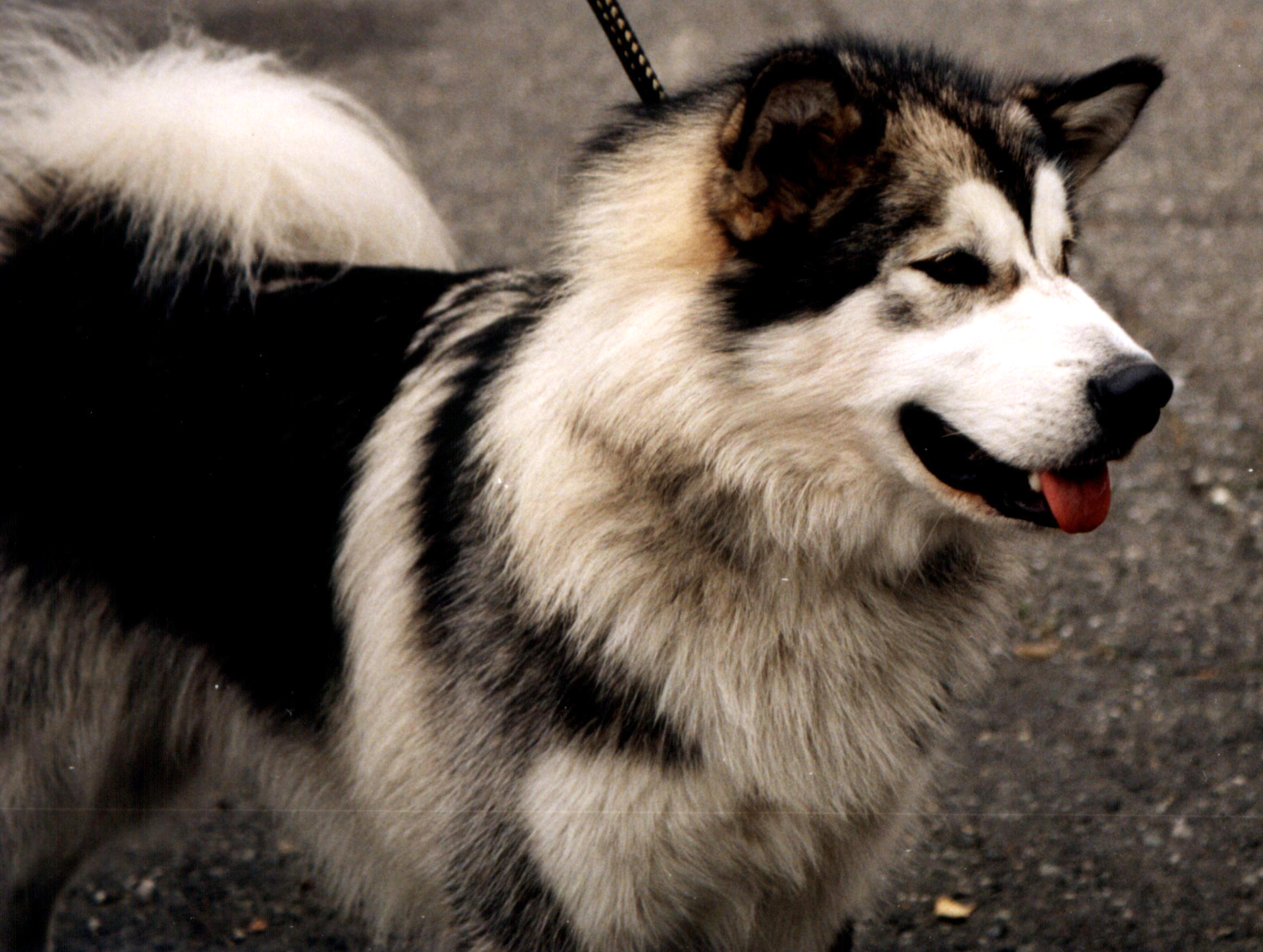
A large yard with room to expend energy can help keep your Malamute active and well-balanced, but it's not enough to satisfy their needs. They'll dig up your yard if you don't provide them with enough exercise and mental stimulation.
A tired Malamute is a content Malamute, so make sure to give them plenty of physical and mental exercise. You can structure their exercise with activities like hiking, backpacking, running, or even swimming with their owners.
Health and Environment
Gray Alaskan Malamutes are a high-energy breed that requires regular exercise to stay happy and healthy. They need to spend lots of time outdoors to get the physical and mental stimulation they need.
A fenced-in backyard or access to a fenced-in public space is a must to keep them safe and prevent them from chasing small animals like cats and squirrels. They're also prone to digging, so a secure fence that extends into the ground is essential.
In the summer, it's crucial to keep your Gray Alaskan Malamute cool, as they can easily overheat. Fans and kiddie pools can be a big help in keeping them comfortable.
Health and Conditions
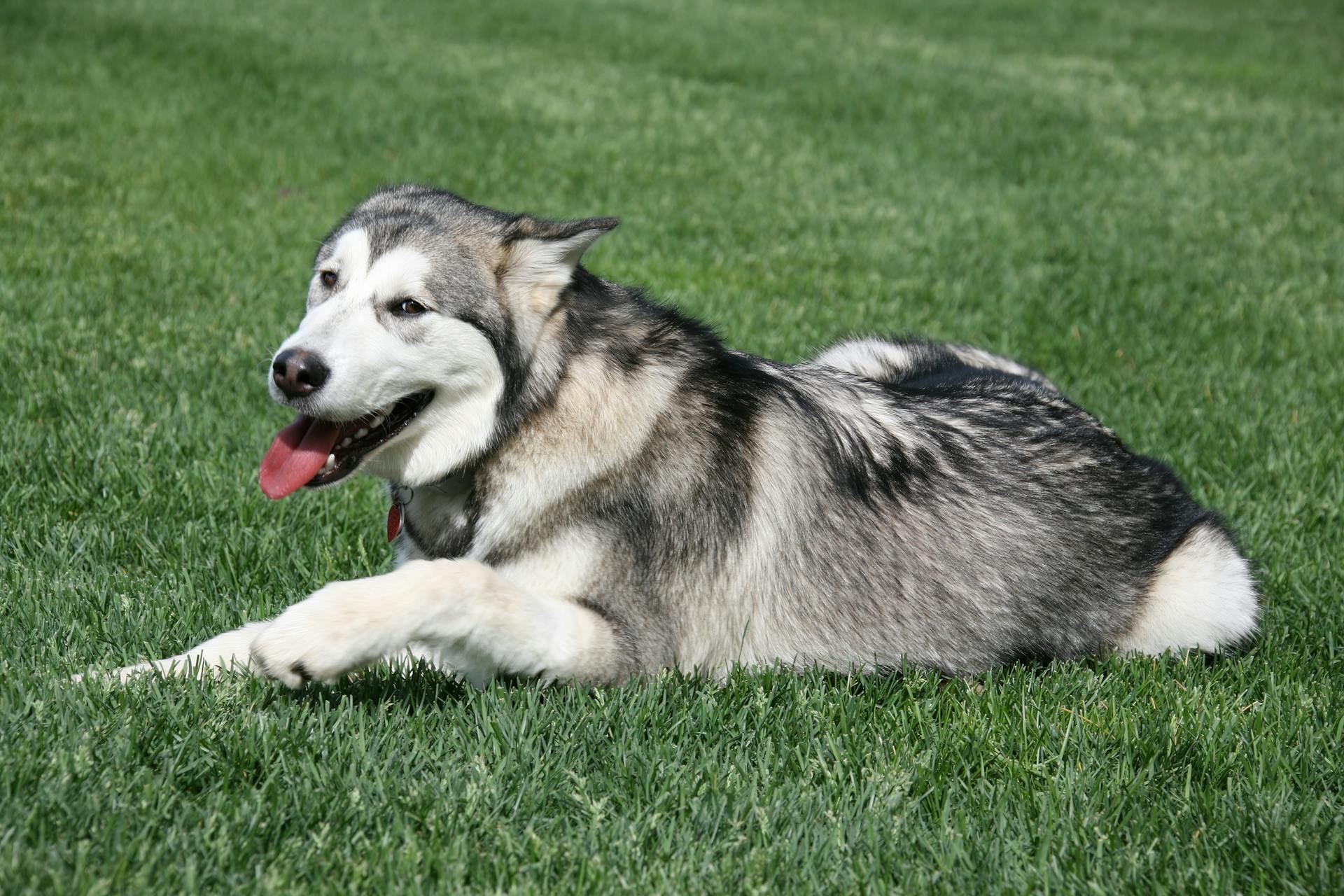
Alaskan Malamutes are generally a healthy breed with a lifespan of 10-14 years. However, like all breeds, they can be prone to certain health issues.
Hip dysplasia is a common condition in large breeds like Malamutes, where the hip joint is loose. Responsible breeders conduct health screenings to reduce the likelihood of this condition, but it's not a guarantee that a dog will never experience any health issues.
Some health conditions that can affect Malamutes include hip and elbow dysplasia, chondrodysplasia, hypothyroidism, and idiosyncratic polyneuropathy. These conditions can be treated with veterinary care, and some can be managed with medication.
Minor skin conditions are common in Malamutes and can be treated with medication. In some cases, these conditions can be a sign of an underlying health issue.
Here is a list of some health conditions that can affect Malamutes:
- Hip and elbow dysplasia
- Chondrodysplasia
- Hypothyroidism
- Idiopathic polyneuropathy
- Day blindness
- Thrombopathia
- Von Willebrand’s disease
Environment
If you're considering bringing an Alaskan Malamute into your life, you'll need to think about their environment. A fenced-in backyard or access to a fenced-in public space is a must.

These dogs are built for the great outdoors, and they'll need plenty of room to run around and exercise. They'll chase cats and squirrels, so be prepared for a lively backyard.
Malamutes are not suited to apartment living, as they can be noisy and destructive when bored. They don't bark much, but they do howl and yelp.
In the summer, you'll need to keep your Malamute cool, so consider investing in fans and kiddie pools. They can romp outside for hours in zero temps, but they'll still need some shade and water breaks.
History and Characteristics
The Alaskan Malamute has a rich history that dates back thousands of years. Originally bred by the Mahlemiut Inuit tribe in northwestern Alaska, these dogs were used to pull heavy sleds in teams and for hunting. Their versatility made them a valuable asset for the indigenous people of the region.
The breed was developed with wolf lineage many generations back, but it's a domesticated dog that has been bred by humans for centuries. In fact, the Alaskan Malamute was also put to work during the Klondike Gold Rush, where prospectors recognized their strength and stamina as a real asset.
Here are some key characteristics of the Alaskan Malamute breed:
As a breed, Alaskan Malamutes are friendly, outgoing, and enjoy outdoor activities like hiking and biking. They're also intelligent and loyal, making them a great companion for active and experienced families.
Characteristics of the
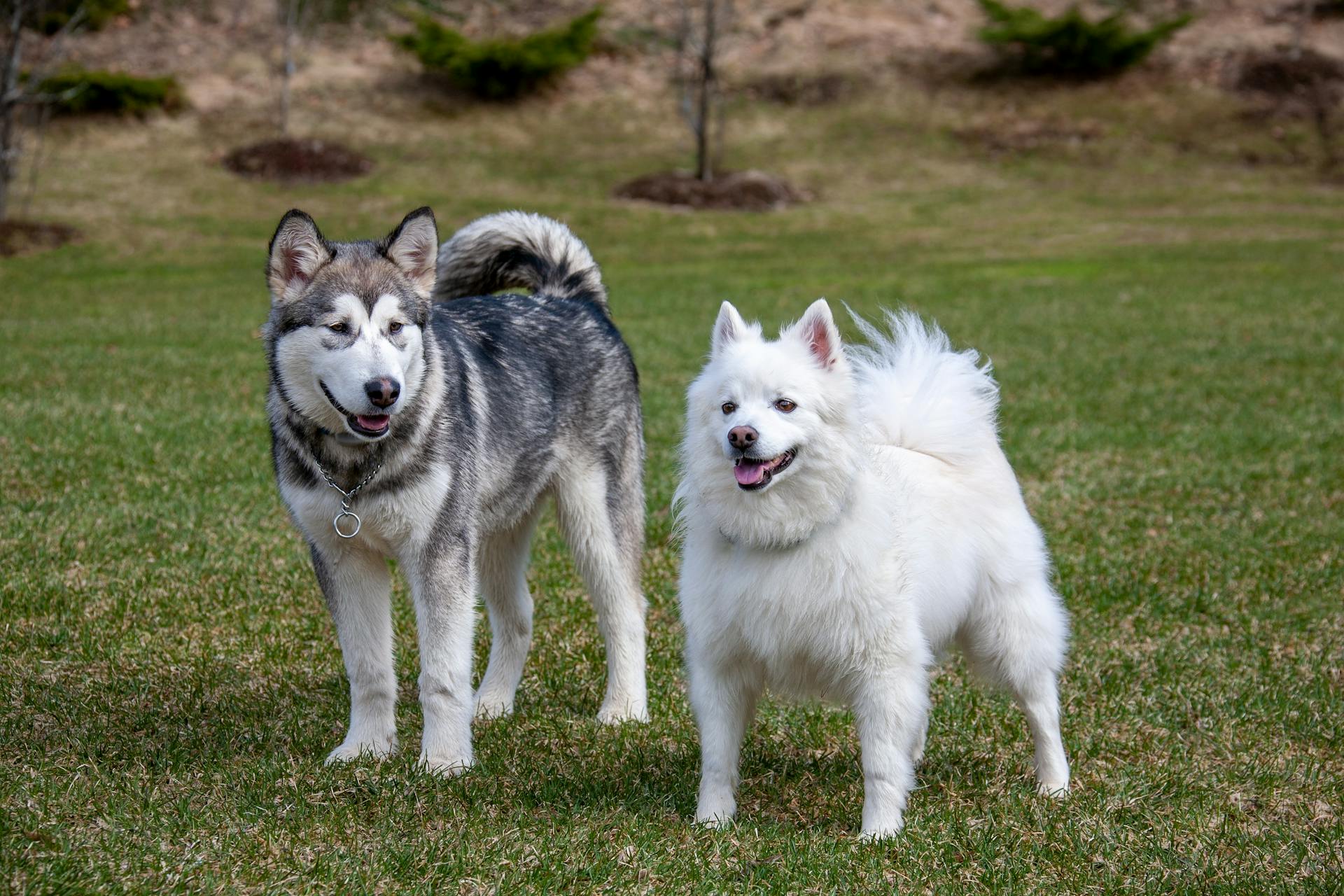
The Alaskan Malamute is a breed that's full of surprises. They're naturally friendly and outgoing, making them great with people, but they're not exactly guard dogs. In fact, they tend to greet most strangers as friends rather than foes.
One thing you can count on with an Alaskan Malamute is their high energy level. They need plenty of exercise to stay happy and healthy, and they love to play. They're also highly intelligent and loyal, but they can be a bit stubborn at times.
Here are some key characteristics of the Alaskan Malamute breed:
Their shedding is definitely something to consider, as they tend to lose a lot of hair. But if you're willing to put in the time to groom them, they'll reward you with a loyal and loving companion. They're also highly devoted to their families, and they make great pets for active and experienced owners.
Three Little-Known Facts
Here are three little-known facts about the topic:
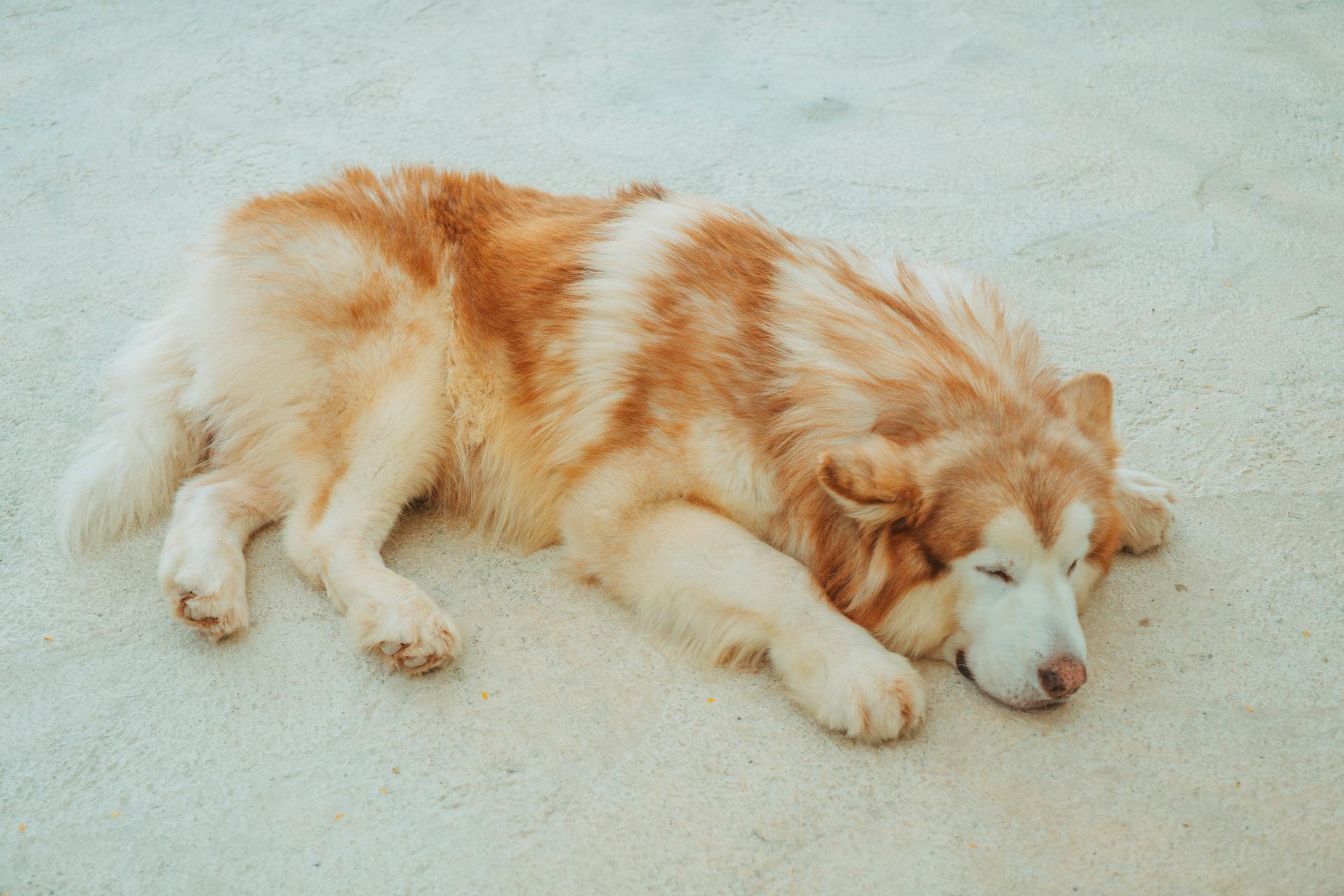
The earliest recorded evidence of this phenomenon dates back to ancient civilizations, where it was often associated with spiritual and mystical practices.
One of the most fascinating examples can be found in the writings of a 5th-century philosopher who described it as a "gateway to the unknown".
In many cultures, it's believed to have healing properties, with ancient remedies often involving its use in rituals and ceremonies.
Related reading: What Are the 14 Ancient Dog Breeds
Frequently Asked Questions
What is the rarest Alaskan Malamute color?
The rarest Alaskan Malamute color is pure black, which is extremely uncommon due to its lack of white markings. This unique color variation makes it highly sought after by breed enthusiasts.
Are Malamutes part of the wolf?
Malamutes are not directly part of the wolf species, but they do retain ancient genetic traits from historical interbreeding with wolves. This unique heritage is reflected in their high "wolfiness" scores, making them an interesting breed to learn more about.
Featured Images: pexels.com

